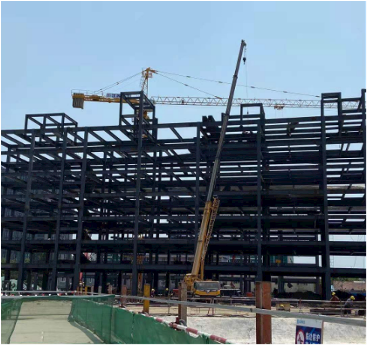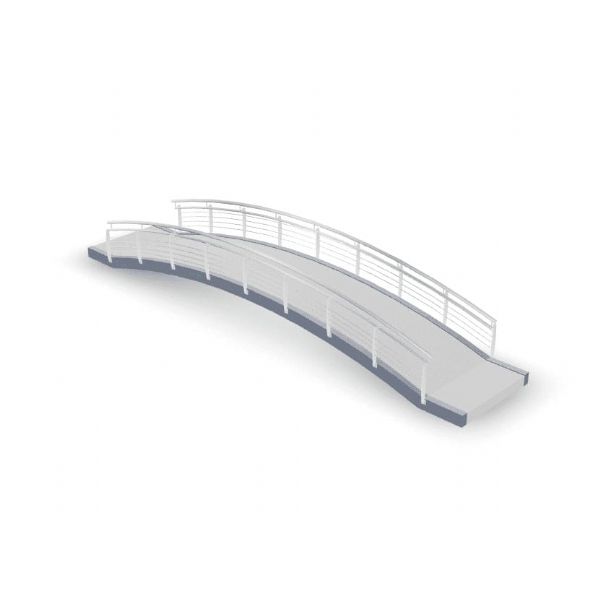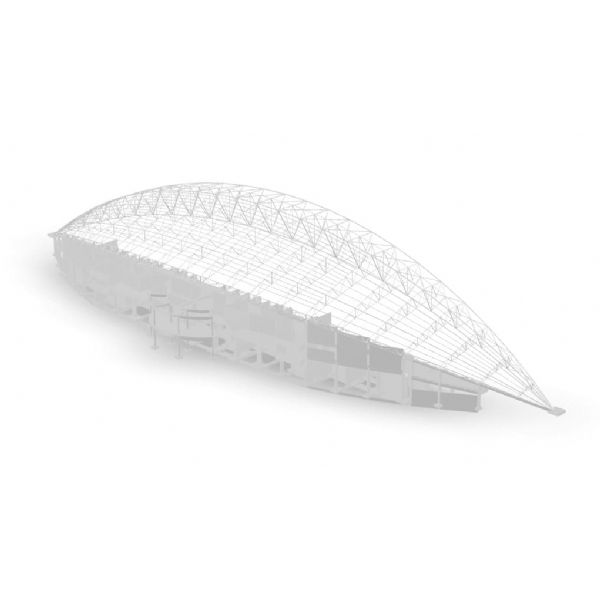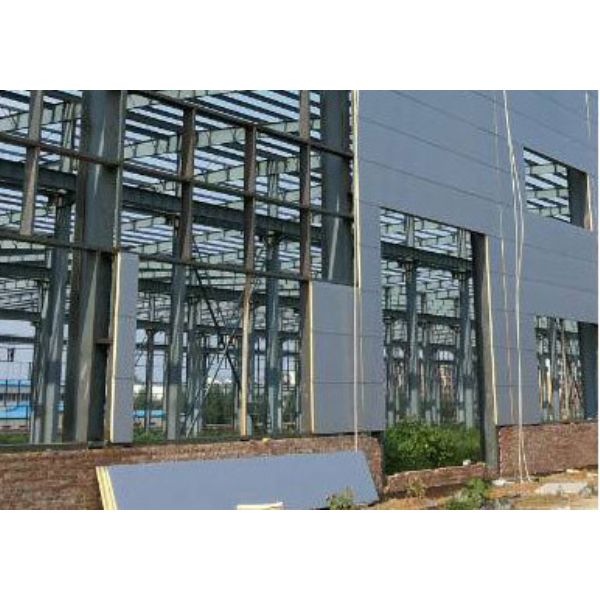A multi-storey steel building represents the pinnacle of modern engineering and architectural efficiency. These structures are designed to meet the growing demand for high-rise commercial, industrial, and residential developments in dense urban areas. By leveraging advanced materials, prefabrication technology, and structural analysis, engineers can create tall buildings that balance strength, functionality, and aesthetics. This article explores the principles of multi-storey steel building design, the systems involved, and why steel remains the leading material for sustainable high-rise construction.
What Is a Multi-Storey Steel Building?
Definition and Core Characteristics
A multi-storey steel building is a high-performance vertical structure primarily composed of precision-engineered steel frameworks that support multiple levels of usable floor space. Its structural system integrates columns, beams, and floor assemblies into a unified skeleton capable of bearing heavy loads while spanning wide areas without interior obstructions. The hallmark of this system lies in its superior strength-to-weight ratio, modularity, and design flexibility, which allow architects and engineers to create expansive interiors and dynamic façades.
Beyond its technical advantages, a multi-storey steel building represents progress, innovation, and sustainability—qualities that define the next generation of commercial complexes, office towers, residential skyscrapers, and mixed-use developments. The use of advanced fabrication methods and 3D modeling ensures that every component aligns perfectly, enhancing both aesthetic appeal and structural reliability.
Comparison with Low-Rise Steel Structures
While low-rise steel structures focus on straightforward assembly and cost efficiency, the design of a multi-storey steel building demands sophisticated analysis of vertical and lateral forces, dynamic responses, and integrated service systems. Engineers must carefully balance gravity loads with wind and seismic resistance, ensuring the building remains stable and comfortable even under challenging environmental conditions. These high-rise designs often incorporate reinforced cores, outriggers, and bracing systems that provide exceptional stiffness and safety. Unlike their low-rise counterparts, multi-storey steel buildings merge engineering precision with architectural creativity, offering slender profiles, efficient space utilization, and adaptable layouts that meet modern urban demands.
Why Steel Is Ideal for Multi-Storey Construction
Steel remains the unrivaled material of choice for high-rise development because of its unique combination of tensile strength, ductility, and long-term durability. In a multi-storey steel building, these qualities translate into lighter foundations, reduced construction time, and enhanced sustainability. Steel’s prefabrication capability allows for millimeter-level accuracy during off-site manufacturing, resulting in faster assembly, improved safety, and minimal on-site disruption. Additionally, its 100% recyclability aligns with global green-building initiatives, lowering embodied carbon while promoting circular economy practices.
The flexibility of steel enables future modifications, vertical expansions, and adaptive reuse, ensuring that every multi-storey steel building remains a resilient investment for decades to come. With advanced coatings, corrosion resistance, and fire-protection technologies, modern steel frameworks achieve unparalleled performance, embodying the perfect balance of innovation, efficiency, and sustainability in high-rise design.
Structural Systems Used in Multi-Storey Steel Buildings
Moment-Resisting Frames in Multi-Storey Steel Buildings
A multi-storey steel structure building often relies on moment-resisting frames to achieve both strength and flexibility. These frames consist of rigid connections between beams and columns, allowing the entire structure to resist lateral forces such as wind or earthquakes without the need for bracing walls. This system gives architects maximum freedom to design open and column-free interiors, especially valuable in commercial offices and high-end mixed-use developments. In a multi-storey steel building, moment frames act as an integrated skeleton where every connection contributes to overall stiffness and stability. Advanced 3D modeling and finite-element analysis help engineers optimize joint performance, reduce deflection, and maintain slender yet durable building profiles.
Braced Frame Systems for Enhanced Stability
Braced frame systems are another popular choice in modern multi-storey steel building design. They introduce diagonal members—arranged in X, K, or Chevron patterns—that create a triangular network to transfer horizontal forces directly to the foundation. This configuration provides excellent lateral stability and minimizes building sway during seismic or wind events. Because braced frames use less steel per floor area compared to rigid frames, they deliver high strength at a lower cost. Engineers often use high-strength bolts and gusset plates for precision connections, while architects creatively expose bracing elements as striking aesthetic features. In a high-rise multi-storey steel building, this system combines safety, cost-efficiency, and architectural expression.
Composite Floor Systems for Multi-Storey Efficiency
Composite floor systems integrate concrete slabs with steel beams through shear connectors, enabling both materials to act together structurally. In a multi-storey steel building, this combination provides greater stiffness, reduces vibration, and minimizes overall structural weight. The result is thinner floor assemblies that increase ceiling heights and maximize usable space. Composite floors also enhance fire resistance and acoustic comfort, supporting both safety and occupant well-being. Prefabricated metal decking further speeds construction and simplifies service integration, aligning with the rapid-build advantages that define the multi-storey steel building sector today.
Core and Outrigger Systems for High-Rise Strength
For ultra-tall towers, engineers use core and outrigger systems to achieve superior lateral resistance. The central steel or concrete core houses elevators, staircases, and utility shafts—serving as the structural backbone of the multi-storey steel building. Outrigger trusses or walls then connect the core to the perimeter columns, forming a unified load-resisting system that minimizes sway and enhances occupant comfort. This hybrid approach allows taller, slimmer designs while ensuring excellent seismic and wind performance. The outrigger floors can be efficiently integrated with mechanical levels, optimizing both structure and function. When applied strategically, the core-and-outrigger system transforms a multi-storey steel building into a safe, resilient, and architecturally iconic structure.
Material Selection and Component Design
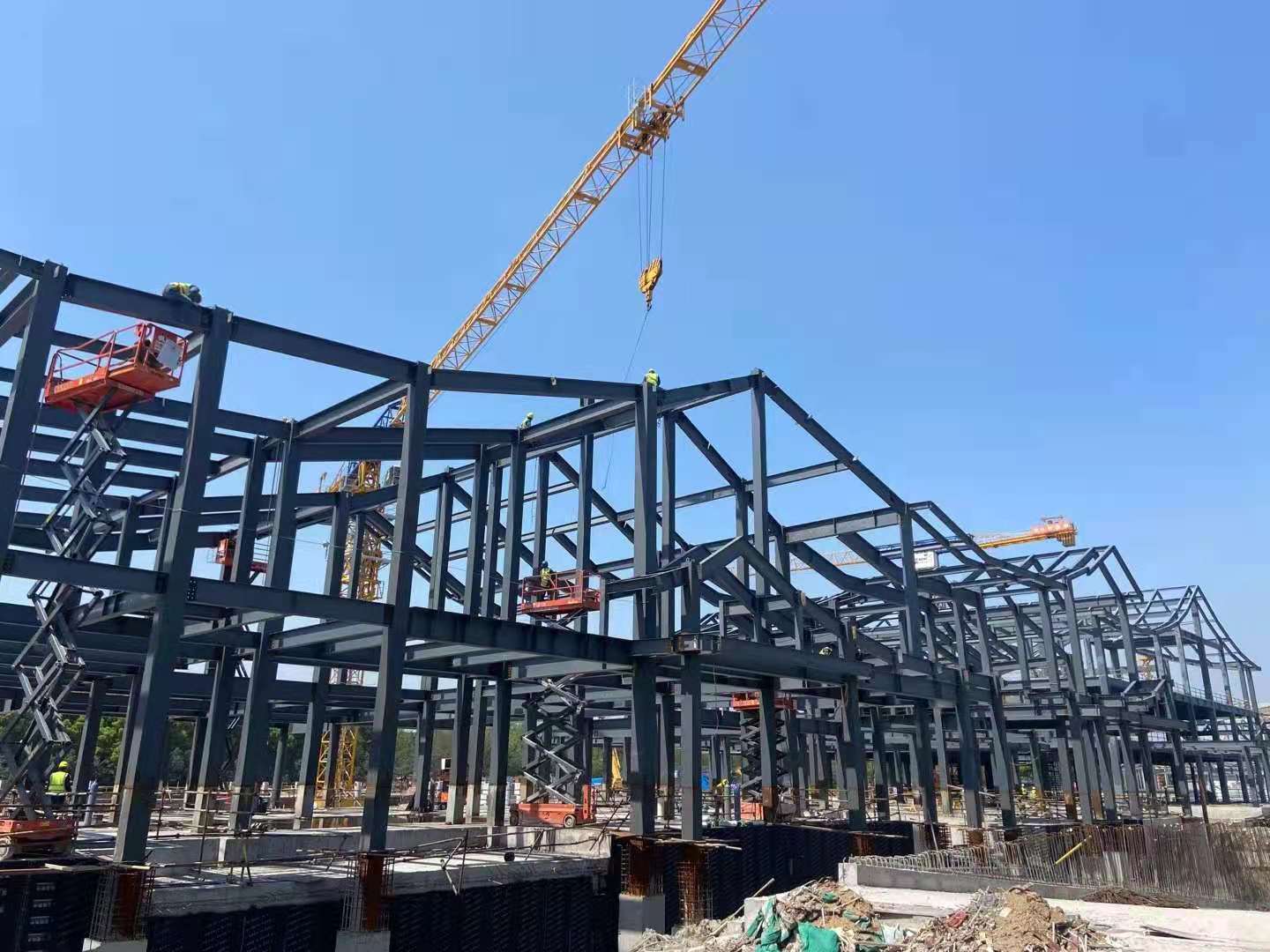
Steel Grades and Sections for Multi-Storey Steel Buildings
The backbone of every multi-storey steel building lies in its choice of materials. Selecting the right steel grade and section type is essential to achieving the balance between load-bearing capacity, durability, and cost-effectiveness. Engineers typically use high-performance structural steels such as Q355B, S355JR, ASTM A572 Grade 50, and SM490A. These grades are known for their excellent tensile strength, weldability, and uniform microstructure, ensuring reliable performance under both static and dynamic loads.
For main load-bearing elements, I-beams and H-sections are commonly employed due to their superior moment resistance and efficient geometry. Rectangular and circular hollow sections are frequently used for columns and bracing systems, providing elegant profiles that support architectural aesthetics while maintaining high torsional rigidity. In modern multi-storey steel buildings, hybrid solutions combining welded box sections with rolled shapes further optimize strength-to-weight ratios. Advanced design software allows engineers to simulate wind, seismic, and live loads accurately, determining the most economical section sizes without compromising safety or serviceability.
Additionally, corrosion protection plays a key role in long-term material performance. Galvanization, epoxy coating, and fire-resistant paint systems are routinely applied to extend service life, particularly in coastal or humid environments. Selecting proper steel grades not only enhances mechanical performance but also contributes to sustainability—since higher-strength steels require less material to achieve equivalent capacity, reducing overall embodied carbon in a multi-storey steel building.
Connection Types: Bolted vs. Welded in Multi-Storey Steel Building Design
Connections are the lifelines of a steel structure, transmitting loads from one element to another. In a multi-storey steel building, engineers must choose between bolted and welded joints—or, in many cases, a combination of both—to achieve the desired performance.
Bolted connections are favored for their flexibility, speed of installation, and ability to accommodate minor tolerances. High-strength friction-grip bolts (HSFG) ensure firm contact between connected surfaces, allowing for immediate load transfer upon tightening. These connections are ideal for prefabricated components assembled on-site under limited time windows, such as in congested urban centers. Their reusability also supports future expansion or dismantling, aligning with the sustainability goals of the multi-storey steel building industry.
On the other hand, welded connections offer seamless rigidity and aesthetic appeal, commonly applied in shop fabrication where precision and environmental control are guaranteed. Welded joints minimize the number of mechanical fasteners, reducing maintenance and improving stiffness continuity across critical points like beam-column joints. Modern welding technologies, including submerged-arc and flux-cored methods, ensure uniform penetration and high-quality bonds, essential for high-rise frames subjected to complex stress patterns.
The choice between bolted and welded systems depends on several factors: the project’s location, erection schedule, available labor expertise, and architectural vision. Many designers prefer a hybrid approach—shop-welded and site-bolted—to combine the advantages of both methods. This strategy guarantees that the multi-storey steel building remains structurally robust, visually refined, and easy to assemble under tight timelines.
Floor Decking Options for Structural Performance
Floor systems serve not only as platforms for occupancy but also as structural diaphragms that distribute lateral loads. In a multi-storey steel building, selecting the right floor decking system is critical for overall rigidity, fire resistance, and construction speed.
Composite metal decking is the most prevalent option, consisting of profiled steel sheets topped with reinforced concrete. Shear studs connect the slab and beam, enabling them to act as a unified element. This configuration enhances bending stiffness while reducing steel consumption. Composite decks are lightweight, quickly installed, and integrate easily with embedded conduits and HVAC systems—making them ideal for large-span commercial floors.
Alternatively, precast concrete slabs can be placed directly over steel beams. This method minimizes wet works, offering high quality control and immediate load-bearing capability. Steel plate decks are used in specialized applications, such as industrial or mechanical floors, where heavy equipment requires concentrated load resistance. Advanced acoustic insulation, fireproof coatings, and vibration damping layers can also be incorporated into any decking type to meet performance and comfort criteria.
By optimizing floor systems, designers can achieve thinner slabs, higher ceilings, and reduced dead loads—creating a lighter yet stronger multi-storey steel building suited for modern, space-efficient design.
Benefits of Multi-Storey Steel Structure Buildings
Faster Construction and Prefabrication
Speed is one of the most compelling advantages of the multi-storey steel building. Because most components are fabricated in controlled factory environments, quality assurance is high and on-site time is dramatically reduced. Prefabrication allows parallel progress—while foundations are prepared, steel members are simultaneously produced, coated, and delivered just in time for assembly.
Once on-site, the use of bolted joints and standardized modules accelerates erection by up to 40 % compared to traditional concrete structures. Fewer formworks, shorter curing times, and reduced dependence on weather conditions result in predictable schedules and lower project risk. This rapid pace benefits developers by reducing financing costs and enabling earlier occupancy—making the multi-storey steel building an ideal choice for time-sensitive commercial, industrial, and institutional projects.
Space Optimization for Urban Areas
In densely populated cities, every square meter matters. A multi-storey steel building delivers exceptional space efficiency thanks to its lightweight yet high-strength frame. With steel’s ability to span large distances, interior columns can be minimized, creating expansive, column-free areas for offices, retail spaces, or apartments.
The smaller member sizes also reduce the overall footprint of structural elements, freeing up usable floor area. Furthermore, steel’s slenderness allows architects to push the limits of design—producing elegant, soaring towers that maximize views and natural light. For developers, this translates into higher rentable or saleable area, while end-users enjoy flexible, open environments that can adapt to changing functions over time. The multi-storey steel building is thus the perfect response to the urban demand for smarter, more efficient land use.
Design Flexibility and Scalability
Steel is synonymous with versatility. In a multi-storey steel building, the material’s inherent ductility allows for bold architectural expressions—from curved façades to cantilevered sections—without compromising structural integrity. Engineers can easily integrate mezzanines, atriums, or sky bridges, creating dynamic and inspiring spaces.
Equally important is scalability. As business needs evolve, steel structures can be expanded vertically or horizontally with minimal disruption. Additional floors can be added without reinforcing the entire frame, thanks to predesigned load paths and connection points. This adaptability ensures long-term value for investors and reduces demolition waste. Combined with Building Information Modeling (BIM), design modifications can be planned precisely, optimizing both cost and performance. The result is a multi-storey steel building that grows with its occupants and remains relevant for decades.
Eco-Friendliness and Recyclability
Sustainability is at the core of modern construction. Every multi-storey steel building inherently supports green-building principles through efficient resource use and recyclability. Steel is 100 % recyclable without degradation of its properties, and more than 90 % of structural steel in use today contains recycled content.
Additionally, lightweight framing reduces foundation concrete volumes, cutting carbon emissions. Off-site fabrication minimizes waste and noise pollution, while advanced coatings extend service life and reduce maintenance frequency. Designers can further enhance environmental performance by integrating high-efficiency glazing, insulation, and renewable energy systems. The long-term durability of steel also prevents material deterioration and rebuilds, reinforcing sustainability across the building’s lifecycle. In essence, a multi-storey steel building is not only strong and elegant but also environmentally responsible—aligning with ESG goals and international green standards such as LEED and BREEAM.
Construction Process Overview
Planning and Engineering Design
The creation of a multi-storey steel building begins with comprehensive planning. Engineers and architects collaborate from the conceptual phase to define project goals, spatial requirements, and regulatory constraints. Feasibility studies assess site conditions, geotechnical factors, and cost implications.
Next comes detailed structural modeling using advanced BIM and finite-element tools. These digital models simulate real-world behavior under multiple load combinations, ensuring structural efficiency and safety. Material specifications, connection types, and fabrication details are finalized during this stage. Coordination between structural, mechanical, and architectural teams ensures that the multi-storey steel building design is both technically sound and aesthetically cohesive.
Fabrication and Prefabrication
Fabrication occurs in specialized workshops equipped with automated cutting, drilling, and welding machines. Every steel member in the multi-storey steel building is manufactured to millimeter precision following shop drawings derived from the BIM model. Factory conditions ensure consistent quality, proper alignment of bolt holes, and accurate application of protective coatings.
Prefabrication also allows parallel workflow: while foundations and substructures are being prepared on-site, superstructure elements are ready for immediate assembly. This approach drastically reduces lead times and enhances safety by minimizing manual operations at height. Rigorous inspection protocols guarantee that all members meet international standards such as EN 1090 or AWS D1.1 before dispatch.
On-Site Assembly and Safety Protocols
Once delivered, steel components are erected using cranes and high-efficiency lifting systems. Bolting and welding crews work in synchronized sequences, ensuring that each segment of the multi-storey steel building fits perfectly into place. Digital layout systems and total-station surveying maintain geometric accuracy across all floors.
Safety is paramount. Strict site protocols—fall-protection gear, load monitoring, and controlled lifting zones—protect workers and ensure compliance with occupational standards. The rapid assembly process minimizes disruptions to surrounding areas, a major benefit for projects in dense urban environments. The precision of prefabricated members also eliminates on-site adjustments, further improving safety and productivity.
Integration of Mechanical and Electrical Systems
As the structural frame takes shape, mechanical, electrical, and plumbing (MEP) installations are coordinated to fit seamlessly within the steel grid. In a multi-storey steel building, service penetrations and supports are predesigned to avoid conflicts during installation.
Raised floor systems, suspended ceilings, and modular conduits simplify maintenance and upgrades. Integration of smart sensors and building-automation systems enhances operational efficiency, monitoring energy consumption and environmental conditions in real time. Proper coordination among all disciplines ensures that the finished multi-storey steel building operates smoothly, combining structural performance with advanced building intelligence.
Case Studies: Real-World Multi-Storey Steel Projects
Commercial Office Tower
A 30-storey office tower showcases the adaptability of the multi-storey steel building system. Using composite floors and braced frames, engineers achieved column-free spans exceeding 15 meters, allowing open-plan interiors and panoramic glazing. Prefabricated modules shortened the construction schedule by nearly 35 %, while sustainable materials contributed to LEED Gold certification. The tower demonstrates how steel combines speed, flexibility, and sustainability in high-rise development.
Urban Residential High-Rise
Residential high-rises also benefit from steel’s lightweight and durable nature. In one notable multi-storey steel building project, modular floor cassettes and pre-assembled wall panels reduced on-site labor and noise pollution—crucial advantages in residential zones. The structure’s low dead load minimized foundation depth, cutting costs by 20 %. With integrated thermal insulation and energy-efficient façades, the building achieved superior living comfort while maintaining architectural elegance.
Mixed-Use Development
Mixed-use complexes combine retail, office, hospitality, and residential spaces into one dynamic multi-storey steel building. Such developments demand high flexibility for different load conditions and floor layouts. A recent case integrated a steel-concrete composite core with outrigger systems, allowing open retail spaces at lower levels and lighter residential floors above. The use of prefabricated steel modules enabled overnight erection cycles, keeping the site fully operational during daytime. The project stands as a benchmark for efficiency and urban integration.
Challenges and Solutions in Multi-Storey Steel Building Design
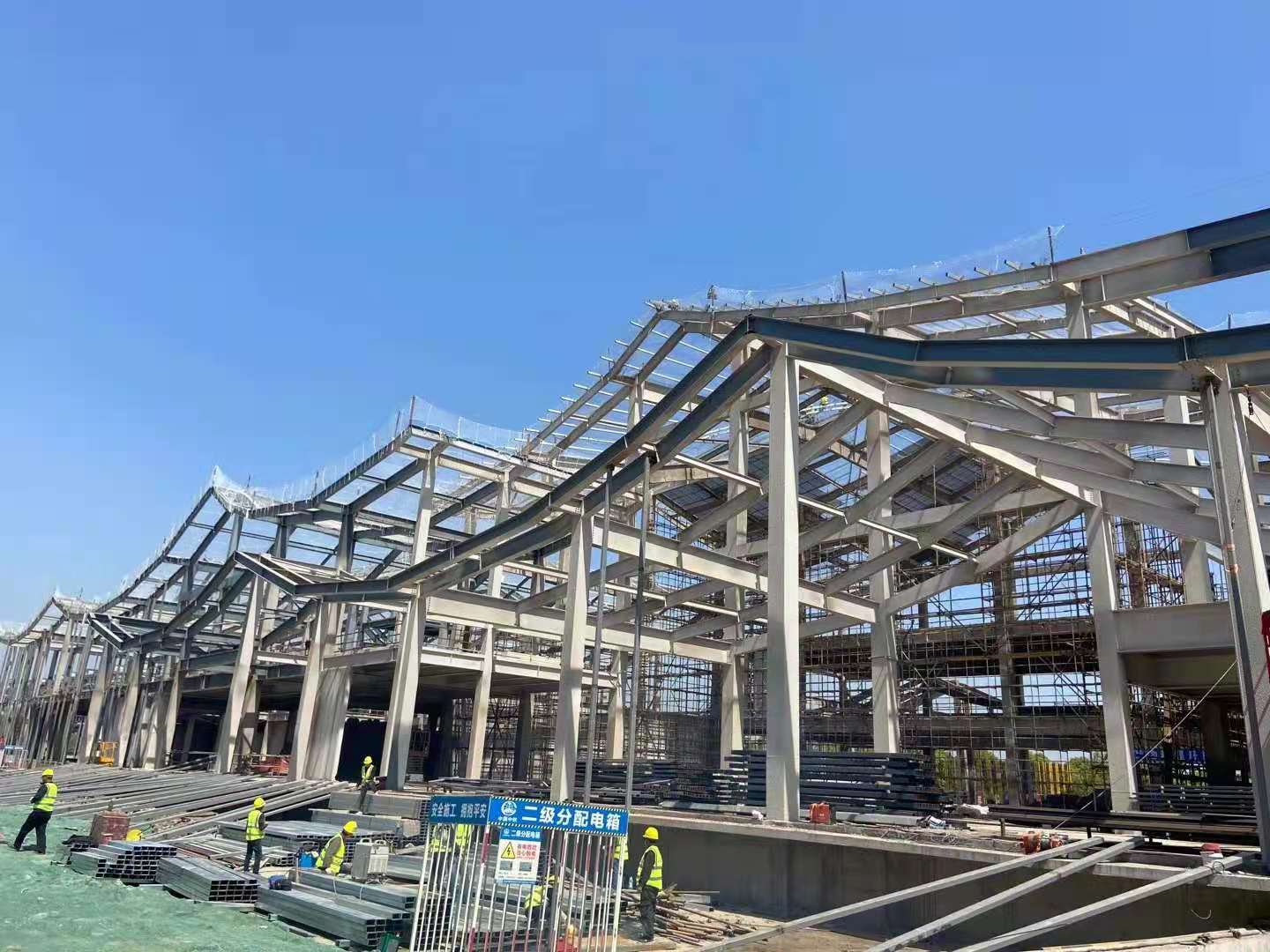
Vertical Transportation Integration (Elevators and HVAC)
In high-rise design, integrating elevators, stairwells, and HVAC shafts is crucial to ensure comfort and functionality. A multi-storey steel building must accommodate these systems within its structural core without compromising strength. Early coordination between MEP and structural teams allows optimal shaft placement and minimizes rework. Advanced BIM coordination tools detect potential clashes in 3D before fabrication begins, ensuring smooth integration and efficient vertical circulation.
Fireproofing and Code Compliance
Steel loses strength at high temperatures; therefore, fire protection is a key design requirement. In a multi-storey steel building, engineers use intumescent coatings, spray-applied fire-resistive materials (SFRM), or encasement systems with gypsum or concrete boards. These materials delay temperature rise, giving occupants ample evacuation time. Compliance with international standards—AISC 360, EN 1993, GB 50017—ensures that fireproofing systems meet stringent safety benchmarks. Regular inspection and maintenance sustain long-term reliability and regulatory adherence.
Foundation Considerations in Dense Urban Sites
Foundations in a multi-storey steel building must efficiently transfer concentrated column loads to the ground while minimizing settlement. In tight city plots, engineers often employ pile foundations or raft systems reinforced with high-strength concrete. Advanced geotechnical analysis identifies soil bearing capacity and predicts potential interaction between adjacent structures. Where underground utilities or metro tunnels exist, load-sharing raft-pile hybrids are used to distribute pressure evenly. Early coordination between structural and geotechnical teams ensures that the foundation design aligns perfectly with the superstructure’s column grid and load paths.
The multi-storey steel building stands as a symbol of innovation, efficiency, and sustainability in modern architecture. Instead it become good investment in steel structure buildings. Through intelligent material selection, precise fabrication, and coordinated design, these structures achieve unmatched performance in strength, flexibility, and environmental responsibility. Prefabrication accelerates schedules, high-grade steel ensures longevity, and adaptable layouts accommodate future growth.
As cities continue to expand vertically, the multi-storey steel building remains the cornerstone of smart urban development—delivering beauty, resilience, and enduring value. Partnering with experienced steel structure specialists ensures that each project not only meets but exceeds global standards for safety, quality, and sustainability.

